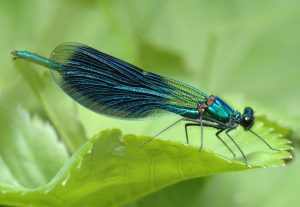Yesterday, a child came out to wonder
Caught a dragonfly inside a jar
Fearful when the sky was full of thunder
And tearful at the falling of a star
-Joni Mitchell
This site has gone through a couple big changes since its inception in the spring of 2013. In 2017 I was drawn to the .eco domain, which is the top-level domain name for people committed to the planet. It’s not just lip service. It’s every day actions. The eco-sustainability priorities are based on the United Nations Sustainable Development Goals, a universal action plan to protect the planet, end poverty, and grow prosperity.

Because the .eco domains are still fairly new, it’s pretty easy to find a name that hasn’t been taken. I chose “Dragonfly” right away. I’d been watching them in my yard and over at Lost Lake up the road for years. I’d always searched for these insects, even as a child, in wonder, just like Joni Mitchell sang. Mesmerized by the insects–their beauty and lore and amazing-ness–it didn’t take me long to name the new site.
Dragonflies have big, compound eyes with up to 50,000 individual lenses that wrap around their head. They use four wings to get around in all different directions. Their wings can work independently–up, down, forward, back, and side to side. They can hover and take off fast and even mate in the air. Females can even lay their eggs as they fly over the water, via their ovipositor.
Did I mention they have been around for 300,000 million years? The globespinner type has the longest migration of any insect–11,000 miles back and forth across the Indian Ocean. See The Smithsonian for more fun facts.
The dragonfly symbolizes change as it’s an insect that undergoes metamorphosis; it has been said that this aspect of its life symbolizes transformation, renewal, and self-realization. Perhaps that is as good as any reason to tie it to authors who write about the way the natural world is changing and understand that humanity needs to be cautioned, given hope, change, reflect, and adapt to such issues as diminishing natural resources, climate change, warming oceans, plastic oceans, sea ice melting, refugee crises, rapid species endangerment and extinction, more frequent and intense storms, and many more problems.
The dragonfly has also been called the “climate change indicator,” according to the Telegraph, since the insects need warm weather to survive, “hence their greatest diversity in tropical regions–can provide valuable evidence about rising temperatures and the impact on the environment.” I couldn’t think of a better indicator to stick on my domain, though I don’t think I could ever be quite cool as a dragonfly.